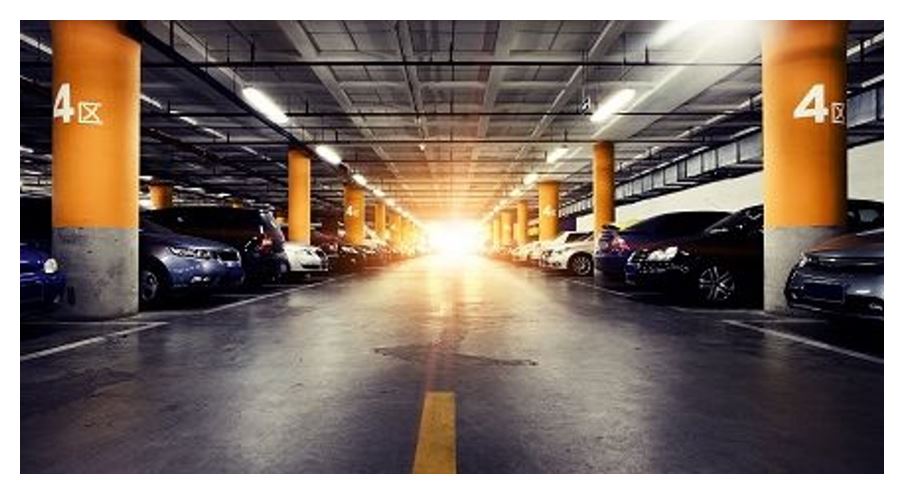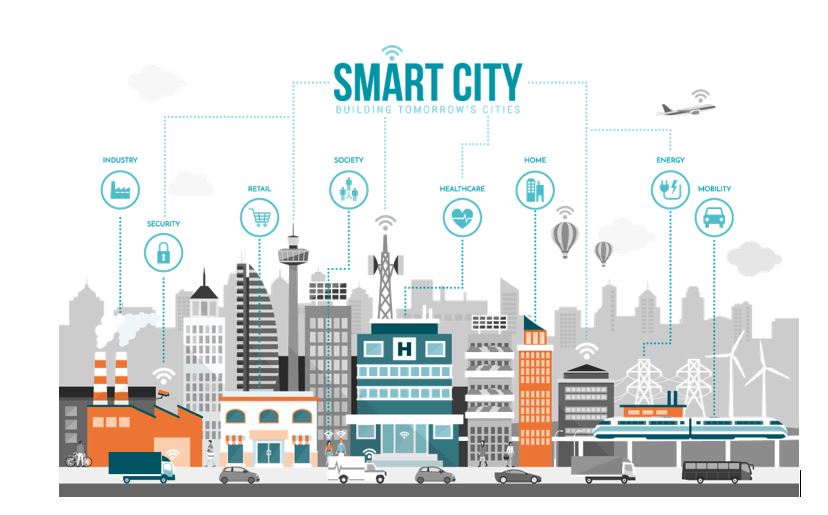

Cities worldwide are facing a bevy of challenges as they continue to grow rapidly, with congestion, air pollution, frustration, and stress on the part of citizens chief among them. A city’s parking ecosystem is an important part of this puzzle, and leaders are realizing they can use smart parking platforms to improve this key aspect of city life moving forward.

Circling city blocks searching for an open parking space is a major cause of congestion and adds appreciably to a city’s emissions level, both of air pollutants and greenhouse gases. Finding a space is near impossible in some places, yet other spaces remain vacant or underutilized. Payment is often clumsy. The difficulty that parking adds sours perception of the city in the eyes of citizens and visitors. From business’ perspective, customers are less likely to shop in areas with notorious parking situations.
In most of today’s parking systems, compliance is abysmal and the vast majority of violations go uncited, leaving much needed revenue on the table for cities even as they pay high enforcement costs. In the absence of variable pricing, long-term parkers often leave their vehicles in valuable spaces at the beginning of the day when they should have been incentivized to park elsewhere.
For a retailer, a poor parking experience in their lot or garage may turn away return customers. Employees waste time in their workplace lot instead of doing productive work.
To address these challenges and improve their parking outcomes, cities, companies, universities, airports, retailers, and others are turning to smart parking platforms.
Smart parking platforms start with the sensors that detect space occupancy. There are two classes of sensor used: ones installed in-ground at every space and ones mounted on a pole or building. These also vary by sensor technology used which can be magnetic, infrared, and even piezoelectric for ground-units, and electromagnetic sensing for mounted-units from across the EM spectrum.
In addition to the sensors, these systems require networking hardware to transfer the parking data, as well as consulting, installation, and software and analytics solutions to create value from the new da-ta stream.
With these systems, parking operators are able to manage their parking assets, using the data to improve enforcement and inform pricing/policy decisions. They are able to implement consumer-facing applications that allow drivers to shop for an open space and navigate directly to it, with payment being handled automatically via a digital wallet.
Operators have the opportunity to introduce demand or dynamic pricing, increasing their ability to match parking supply and demand. They can also better target enforcement to key assets (handicap, bus zone, safety hazards) and improve the driver experience by sending overstay reminders and billing more accurately for dwell time then is possible with legacy systems. Knowing that their parking activity is being monitored, driver compliance increases where these systems are installed and revenues rise. By providing an improved parking experience, employers can increase employee satisfaction and productivity while retailers both impress customers and increase turnover.

As with other smart city technologies, adoption of smart parking platforms is being driven by availability of lower cost and more reliable sensors, networking, data storage, computing, and analytics. Though only a small fraction of parking spaces today are sensed, early adopters of these systems are finding success, making this an exciting smart city space to watch in the future.
To learn more about ARC’s coverage of the Smart Parking market, please visit our most recent study page.

